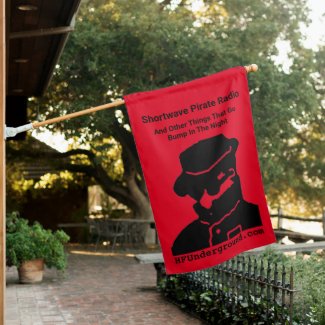91
North American Shortwave Pirate / Re: Derpy Radio 6925 USB 2118 UTC 28 Nov 2024
« on: November 28, 2024, 2212 UTC »
2209z - Very talkative peskies on LSB. Faint intermittent modulation in the noise floor on USB. BTW, I will actually admit to be being a MLP:FiM brony. ;p
The long line of storms off the East Coast is not helping, either. Lots of static crashing here at the moment.
Anyway, still have a muffin!
The long line of storms off the East Coast is not helping, either. Lots of static crashing here at the moment.
Anyway, still have a muffin!




